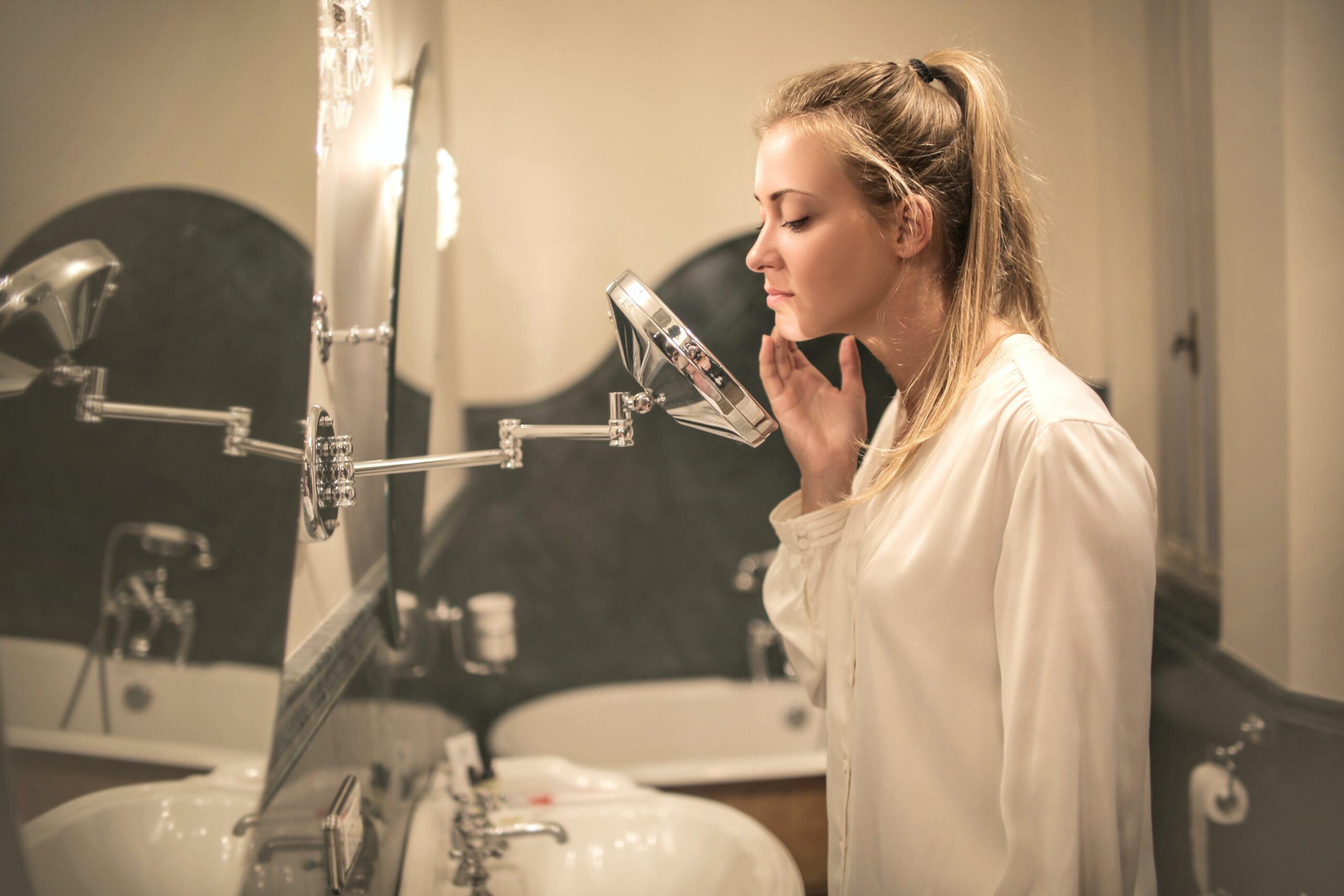PMS or pre-menstrual syndrome is also sometimes referred to as PMT or pre-menstrual tension. PMS is such a common complaint from many of my female patients (about 75% of women suffer from PMS) and I find that most almost see it as being a ‘normal’ part of being a woman. And yes, for around a day or so while your progesterone levels are dropping, a few minor symptoms might be considered normal. However any symptoms lasting for more than a few days is a sign of an underlying hormonal imbalance and is not normal. Some of my patients complain of PMS symptoms for a whole week, others start to not feel right all the way from ovulation, which means 2 whole weeks of PMS for those with a regular cycle.
PMS can involve a whole range of symptoms that will be different for different people. Some women will also experience an exacerbation in symptoms from existing complaints (such as arthritis pain getting worse or hay fever flaring up). Below outlines the different types of PMS and the symptoms associated with each:
PMS-A (ANXIETY): Nervous tension, anxiety, mood swings, irrationality and irritability. This is generally due to a high oestrogen to progesterone ratio or low progesterone. This is the most common form of PMS that I see in my clinic.
PMS-C (CRAVING): Increased appetite, sweet cravings, chocolate cravings, appetite dysregulation, headaches, dizziness, fatigue, fainting. This is believed to be due to an exaggerated insulin response to carbohydrate and is commonly seen alongside PMS-A.
PMS-P (PAIN): Aches and pains, period pain, backpain, headaches and reduced pain threshold. This is believed to be due to prostaglandin imbalance leading to an increase in inflammation.
PMS-D (DEPRESSION): Depression, crying, forgetfulness, confusion and insomnia. Biochemically, this may be due to a low oestrogen to progesterone ratio and elevated androgens.
PMS-H (HYPERHYDRATION): Fluid retention, weight gain, swelling of extremities, breast tenderness and abdominal bloating. These symptoms are due to an increased in circulating aldosterone levels. Aldosterone may be elevated due to low progesterone secretion, high oestrogen levels, or stress. Prolactin may also be elevated when breast tenderness is prominent.
For most, once the period starts their PMS symptoms disappear. However then we are left to deal with period symptoms such as headaches, fatigue and pain! This can mean that many women only experience one week out of every four that they are free of hormonal symptoms.
Common causes of PMS:
- High oestrogen- Oestrogen is a necessary hormone, but high levels can wreak havoc on our hormones. It can cause all sorts of PMS symptoms such as fluid retention, swelling, breast tenderness, mood swings, depression, anxiety, sugar cravings, headaches and premenstrual pain. It is a very common cause as we are exposed to so many environmental oestrogens in our daily life (from chemical residue, pesticides, plastics etc). Improving liver clearance of oestrogen is the most effective treatment technique to combat this, as well as improving progesterone levels as these 2 hormones will always work in balance.
- Low progesterone- Progesterone is a hormone that makes us feel happy, calm and content due to its effects on some of our brain based neurotransmitters. A drop in progesterone is what signals our period to start, however if our progesterone does not rise high enough after ovulation you will be much more prone to PMS symptoms, particularly type A. We can improve progesterone levels by working with herbal medicines and nutrients like B6.
- Poor blood sugar regulation- Those prone to insulin problems such as insulin resistance or blood sugar issues such as hypoglycaemia may find their symptoms are much worse before their period. Sugar and chocolate cravings alongside dizziness and feeling light headed are common and a sign that your blood sugar regulation needs a helping hand.
- Stress- High levels of stress hormones disrupt our other hormone levels. Progesterone levels become lower due to high cortisol and adrenalin, leaving us much more prone to PMS and other hormonal problems. Meditation, relaxation and other forms of stress management can go a long way to improving hormone health.
- Low exercise- various studies have shown that people who don’t exercise will have more PMS symptoms than those that do. Studies have also shown that those with PMS who begin exercising regularly can reduce their symptoms.
The most important step you can take is to get your symptoms and hormone levels investigated by a professional. A Naturopathic treatment of PMS takes a holistic approach to identifying the underlying causes of your hormone imbalance and uses natural and nutritional medicines to bring about hormone harmony.
Please email me [email protected] for more information or call me directly to make an appointment.



0 Comments